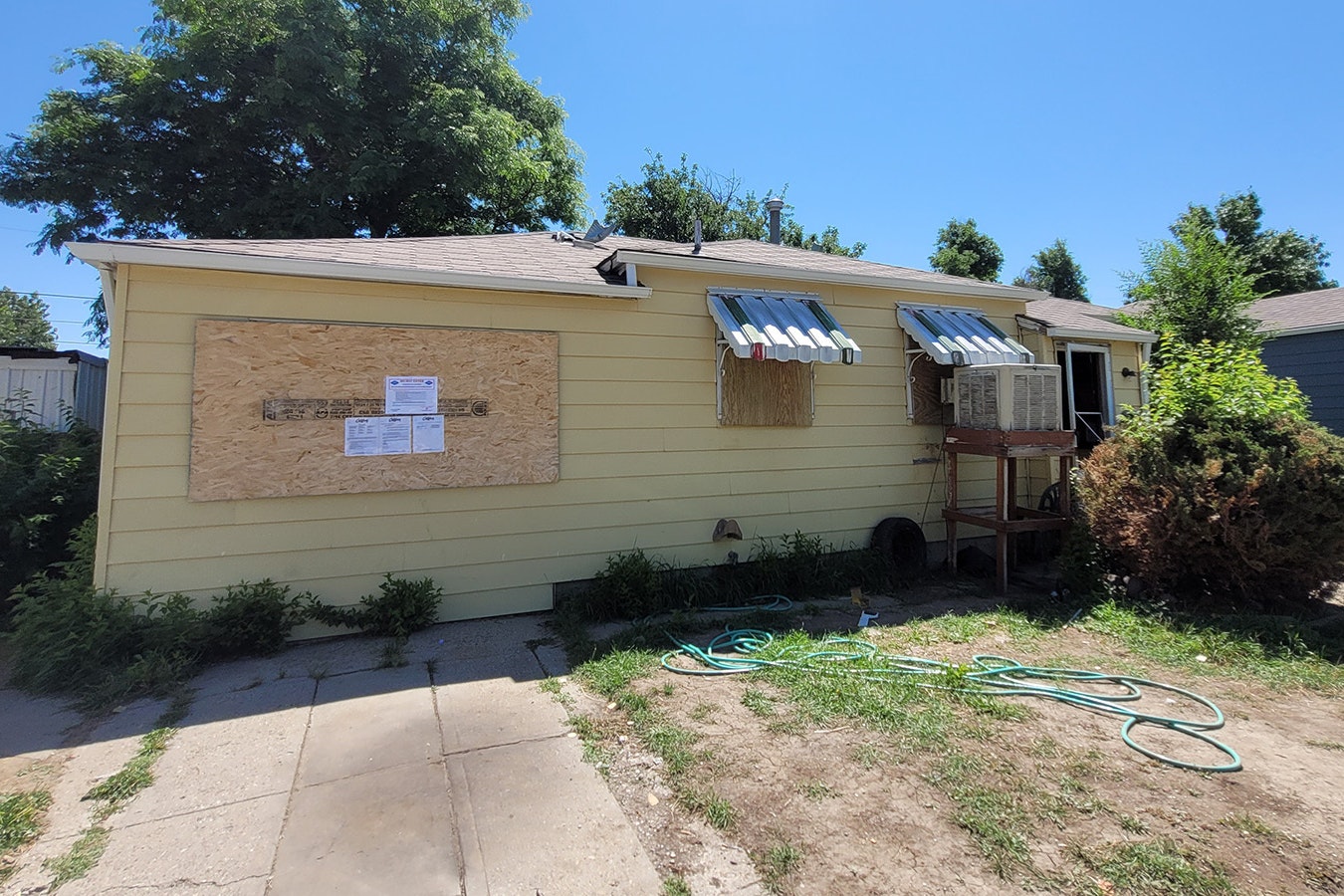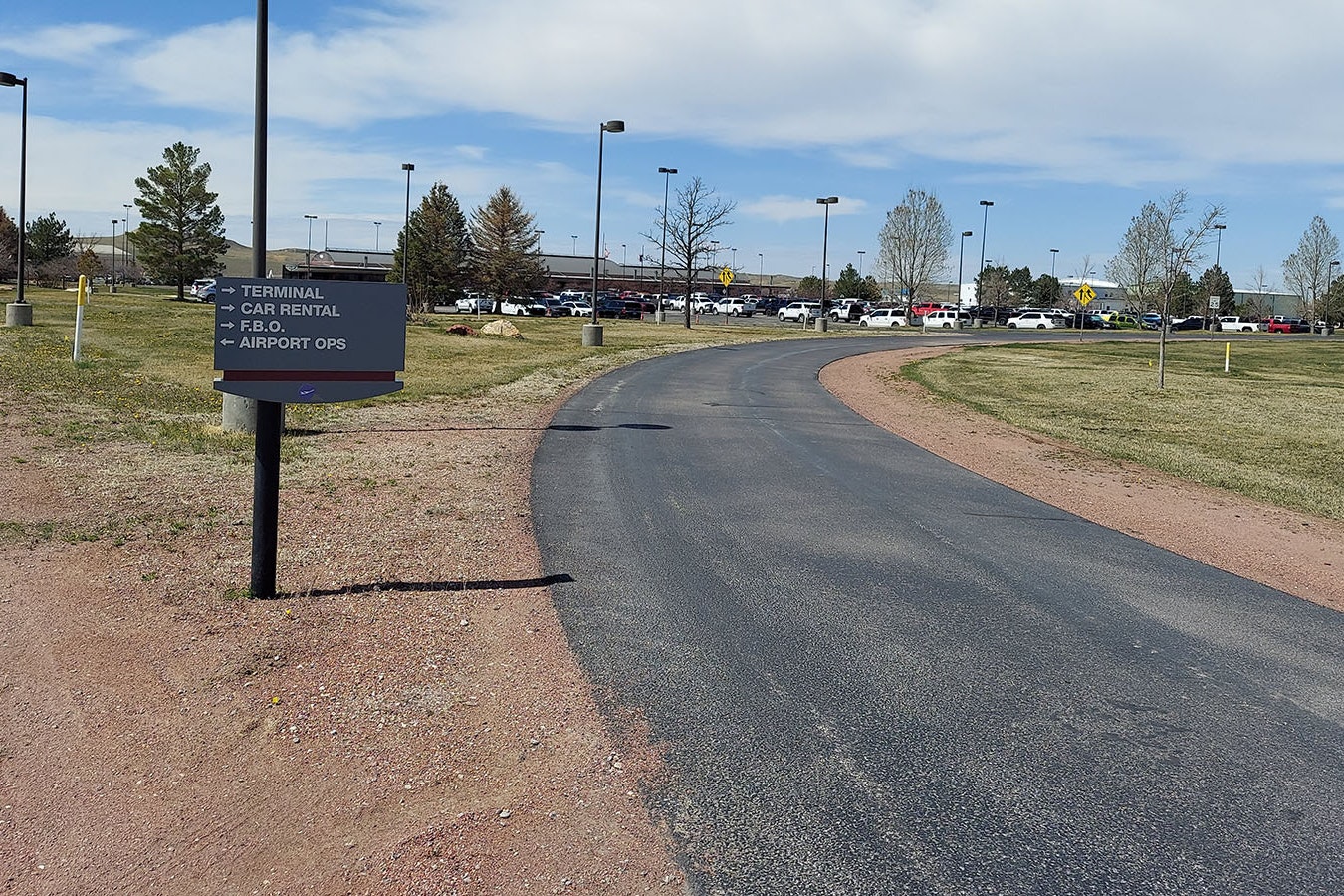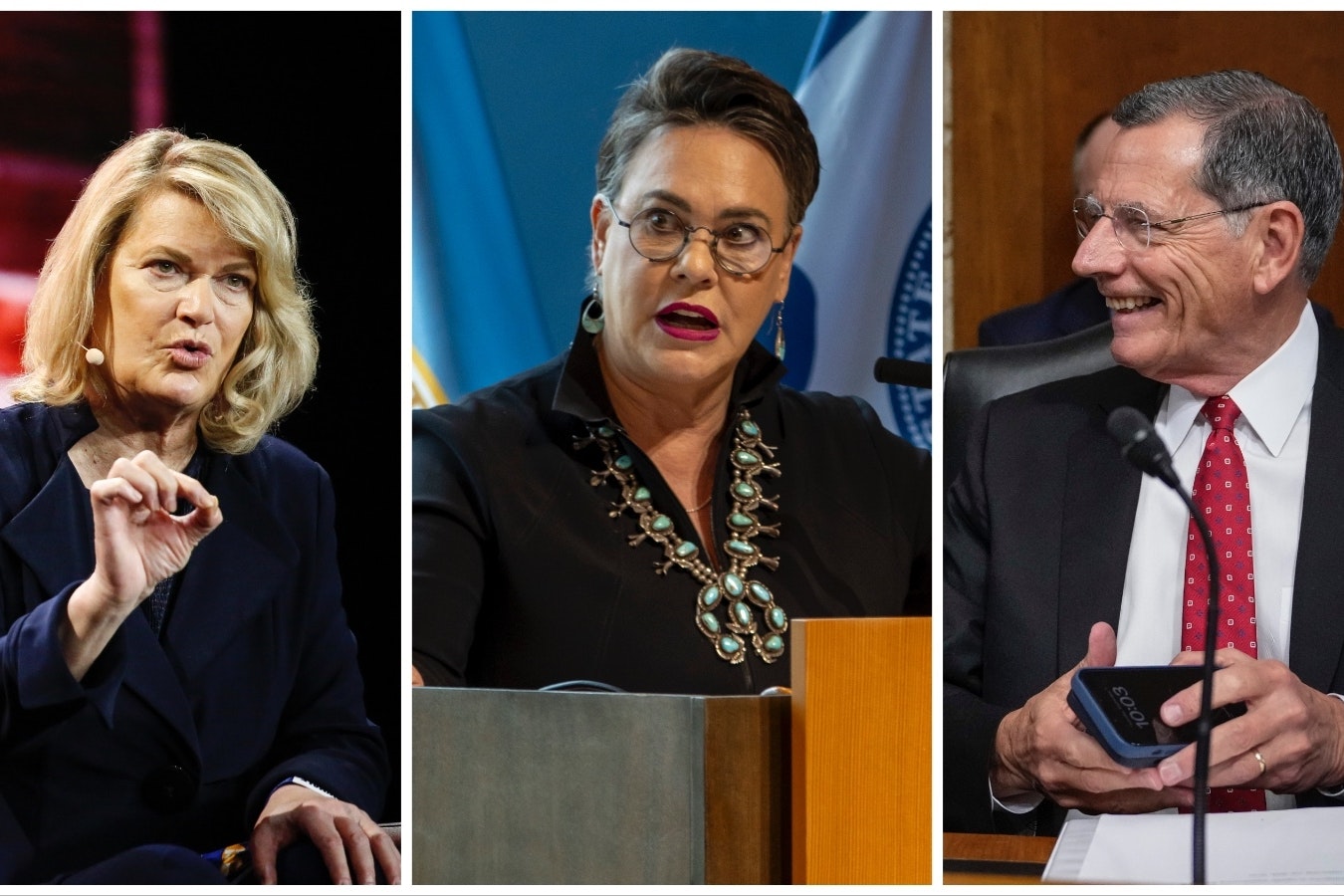The city planner for Cody, Wyoming, has determined more than 77 feet of a nearly 101-foot-tall controversial Church of Jesus Christ of Latter-day Saints temple shouldn’t be counted against building height rules.
That’s because the roughly 77-foot steeple extending from the building isn’t considered part of the temple’s roof, according to a report released Friday. The height of the structure has been one of the biggest issues opponents of the temple have cited.
The church has said it will work to ensure the “utmost attention is paid to aesthetics of the building and grounds” and that it wants “to preserve views.”
Some residents who live near the proposed temple location in a more affluent part of Cody overlooking downtown have formed a 21-member group called “Preserve Our Cody Neighborhoods” to push for the temple to be built elsewhere.
Group member Tim Hopkins told Cowboy State Daily on Tuesday that his group has nothing against the LDS religion (also known as Mormon) and supports the temple being located somewhere else in the Cody area that can handle the impact it will have on its surroundings.
“We’re simply saying we want the temple in a different location and an appropriate spot to mitigate the traffic, lighting and impact to the community,” Hopkins said.
The Cody Planning and Zoning board will consider City Planner Todd Stowell’s recommendations at its meeting Thursday. The board will make the final decision on the project.
The 9,950-square-foot temple would sit on a 4.69-acre parcel of land overlooking the town in city limits. Although the property is now used for grazing, the neighborhood surrounding is mostly mixed residential with some rural and agricultural elements.

Actually, Much Smaller
Stowell said the building should actually be considered 25 or 26 feet tall, which falls under the city’s 30-foot maximum height limit for new construction in the Rural Residential zone it’s planned for.
Hopkins said he and his group think the full height of the building, including its steeple, should be considered.
“We certainly believe when something is zoned Rural Residential and it says 30 feet, then 30 feet means 30 feet,” he said.
Hopkins said the temple tower will take up about 20,000 cubic feet, equivalent to the size of 25 single-car garages. His fellow group member Terry Skinner said the steeple will be 17 feet wide at its base, slightly wider than a double-car garage door.
Under city code, building height is defined as the vertical distance between the average finished grade and either the highest point of the coping of a flat roof, the deck line of a mansard roof, or the height of a point midway between the eaves of the main roof and the highest ridge line of a secondary roof. Stowell asserts that ancillary towers, steeples or spires don’t constitute part of a roof.
The main body of the temple has a flat roof that covers the membrane of the building’s interior, he said. The panels that form the base of the temple steeple are suspended by a steel framework above the roof and are entirely open vertically, allowing rain and snow to fall all the way to the roof of the main level. There is no part of the interior of the steeple that could be used for everyday use.
Because of these factors, Stowell, who says he is a member of the LDS church in his staff report, determined that the temple should only be considered 25-26 feet tall, a conclusion that was backed by a city building official and the Park County fire marshal.
The Devil’s In The Details
Stowell gave Cowboy State Daily the example of a local elementary school, which features a bell tower that extends 26 feet higher than the main building, as another example of this type of construction being approved in city limits.
Haskell Architecture & Engineering Inc., the firm representing Mormon church to the city, had submitted a special exemption application to exceed the 30-foot height limit, but now Stowell is recommending to the Cody Planning and Zoning board to find the exemption isn’t necessary.
Stowell said he wants to put the city in “the most legally justifiable position” with his recommendation.
“There is no further authority available to limit the height of the temple building without being subject to a claim of being arbitrary and capricious,” Stowell wrote. “The city does not want to be in that position, particularly when the view impacts of otherwise permitted uses of the property could have as much or greater impacts to views than the proposed temple — trees, streetlights, flagpoles, etc.”
Stowell said the applicants have tried to minimize the effects of the steeple height by placing the temple as far away from the neighboring residences as possible while preserving the desired circular design elements surrounding the temple. The steeple would be located about 345 feet from the nearest residential property.
On Thursday, the board also will consider approval of a conditional use permit application to construct the temple and ancillary building, and will consider a site plan review.
Go Toward The Light
Traffic created by the temple and various disturbances caused by its lighting have drawn objections from neighbors and others who mostly say the temple should be located elsewhere.
Stowell said lighting was a primary concern of his as well, especially after studying the light pollution emanating from a similar temple in Billings, Montana. But after conversations with the applicant, Stowell determined the Cody temple will have equitable illumination to other buildings and Cody and will not have comparable lighting to the Billings facility.
Stowell said the temple lighting will be dimmed to 50% after staff and visitors leave for the night, and will be turned off completely, aside from the parking lot, after custodians leave for the evening.
The city of Cody has no dark sky ordinance.
It was also determined the temple will not draw a significant amount of traffic.
Stowell compared the amount of traffic the temple will draw to a 42-lot subdivision. During peak morning hours, the temple is expected to draw 24 vehicles entering the property and eight vehicles exiting. During peak evening hours, the temple is projected to draw 19 vehicles entering the property and 18 vehicles exiting.
Opposition Efforts
The city has received hundreds of pages of comments about the project, with the majority opposing, but some offering support.
“I do not believe the spire height will be a serious detriment to the views of Cody,” said Ryan Beardall, who lives near the proposed temple, in a public comment submitted to the city.
Most commenters focused on the location of the temple, but a few also criticized the LDS religion.
The Cody Wyoming Temple would be the third LDS temple in Wyoming. A larger temple was built in Star Valley in 2016 and another is under construction in Casper that will be roughly the same size as the Cody one.
On April 2, the LDS church announced 14 new temples, most of which are in communities much larger than Cody.
Hopkins criticized making a comparison between the Casper structure and the Cody temple, saying the Casper building is located in a much more secluded area that has less impact on its surroundings.
Preserve Our Cody Neighborhoods previously set up a lighted crane near the proposed site to show how the steeple height would look and have held a number of public gatherings where they gathered petition signatures. Some of their members have also gone door-to-door knocking for their signatures. Skinner wouldn’t say the exact number of signatures gathered so far, but that it’s “substantial.”
“It’s something we’ll be making the public aware of at the public hearing,” he said.
The church hosted an open house in Cody last week to offer information about the project
Hopkins said the petition signatures are limited to the neighborhoods surrounding the temple, whereas supporters for the temple have come from a much broader spectrum.
At Thursday’s meeting, which will start at 6 p.m. at the Cody Auditorium, the Planning and Zoning board will consider the special exemption request, conditional use permit and site plan for review. Hopkins and Skinner said there is a reasonable possibility that the board will not make a final decision on the matter at this meeting.
Hopkins said if the board does approve the temple, he will meet with his group members to decide if they want to pursue legal action.
Leo Wolfson can be reached at leo@cowboystatedaily.com.





